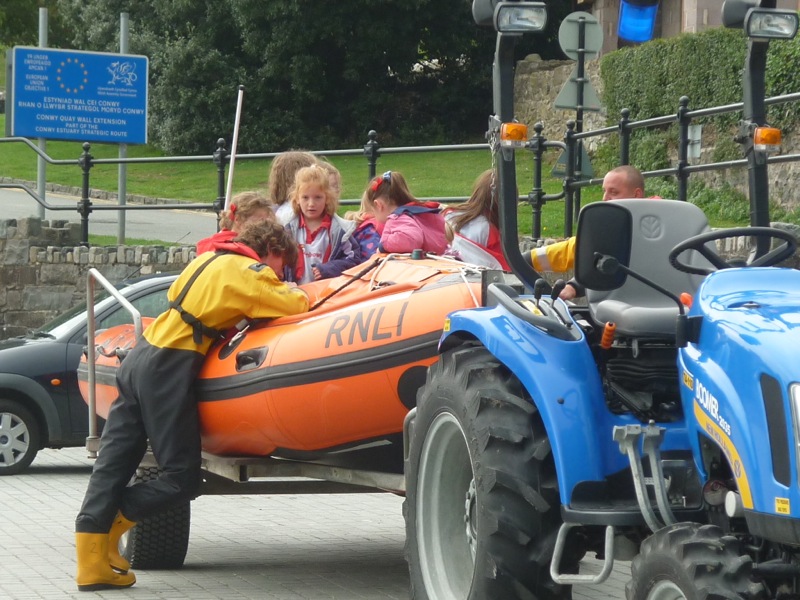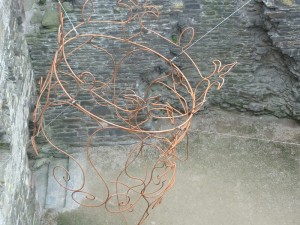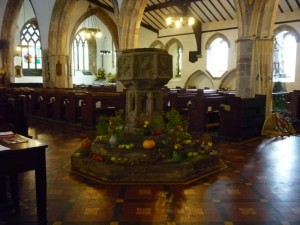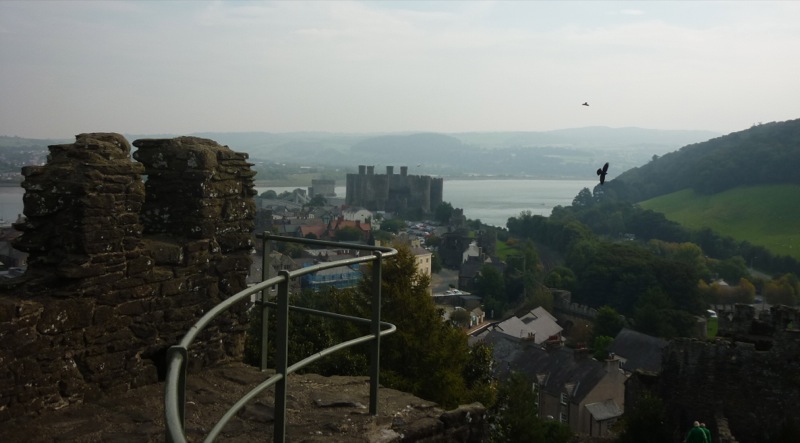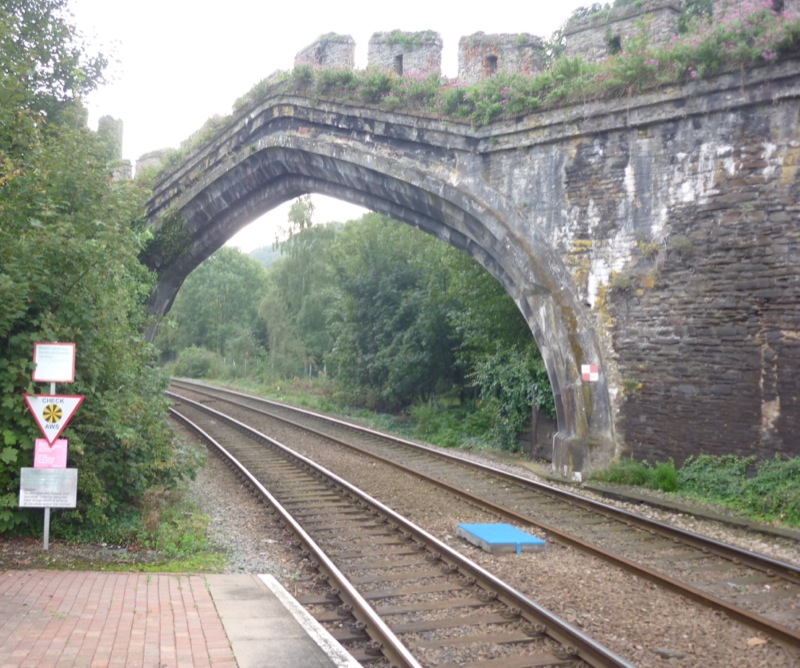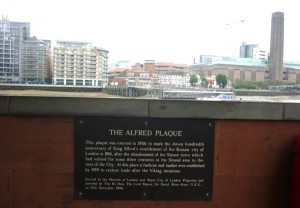 Paris and London were wide spots in the road centuries before there were roads and they kept growing. All that remains of villages absorbed as the wide spots widened across the countryside are now just street names and tube stops. Battlefields of legend are paved so Range Rovers can park at the Tesco or Prix Marché on the way home.
Paris and London were wide spots in the road centuries before there were roads and they kept growing. All that remains of villages absorbed as the wide spots widened across the countryside are now just street names and tube stops. Battlefields of legend are paved so Range Rovers can park at the Tesco or Prix Marché on the way home.
Other places started out as a convenient spot to chuck shells and broken pots on tribal migration routes and never really grew beyond that. Perhaps an Iron Age entrepreneur, sensing location potential, may have built a seaside wattle & daub subdivision in hopes of enticing year round fisher folk and a few holiday visitors. For whatever reason, however, these places stayed small and unknown to anyone further away than a hundred ferdings down river. 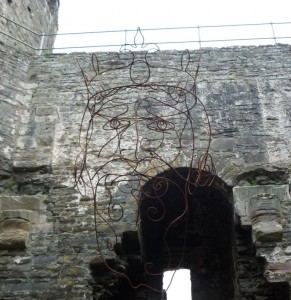
Conwy, in northern Wales was just such a small way-station for Celtic and Welsh tribes and their woad dipped brother Britons. The ancients tribes camped here long before the Angle, Jute and Saxon waves washed over England and shook out the remaining Roman crumbs. The Welsh continued to hide in their great fog and slate lairs until the Normans strode on the scene, consolidating Avalon where the Romans had failed.
Finally, in the 13th century the towering figure of Edward I (pause while the Scots and Welsh clear their throats of excess phlegm–mind where you step) invited the outer tribes to join his kingdom. There was no reply necessary to this solicitation: it was yes or yes.
To this end, he invited himself to the north of Wales along with a few thousand heavily armed chums. Then he started to build castles to have a comfy place to stay. To make sure the project was done right, quickly and without sabotage, skilled (English) trades persons were brought up to do the work and stay behind to settle the land.
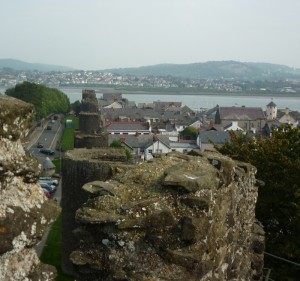 This meant a little more land beside the castles for towns. Preferably walled and in some way affixed to the castle for an extended walkway. Just so the guards could stretch their legs.
This meant a little more land beside the castles for towns. Preferably walled and in some way affixed to the castle for an extended walkway. Just so the guards could stretch their legs.
At Conwy, there was the small matter of a Cistercian monastery (Aberconwy Abbey) occupying the proposed site of this link in Edward’s ‘Iron Ring”. The holy place and its monks had, for a few hundred years or so, provided physical and spiritual refuge to the various Welsh kings and princes as they actively resisted English encroachments.
Edward I was a very pious man but, ultimately, a pragmatist; the monks were encouraged to accept the generous gift of property over the hills and far away. Unspoken was his profoundly respectful prayer the gate would not snag their robes on the way out.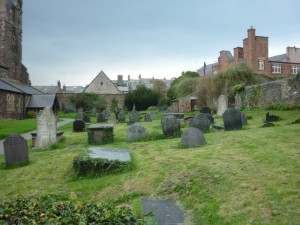
The numerous princes of Wales, almost all named Llewelyn it would seem, were permitted to keep their individual residences beneath the sod of the old abby.
As soon as the monks were out, construction began and in 5 years the massive Conwy castle was completed. Seriously, 5 years. It took city council here almost that long to build an outdoor urinal. And I’m pretty sure the castle is gonna last longer than our stylish pissoir.
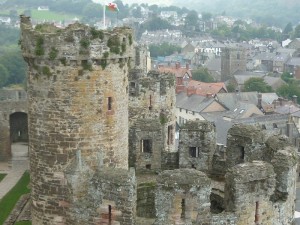 For 800 years castle and town walls stood, unbroken, until the 19th century came knocking on the portcullis. For once there was a recognition of the need to preserve the appearance of the town walls, rather than the usual impulse for improvement by knocking them down completely. The rail line pierces the walls through a carefully designed gothic arch that has aged gracefully with its surroundings. It then tunnels under the far side to exit without further disturbance. Well, except for demonstrating precisely how medieval sappers helped breach mighty castle walls. The crack has been repaired in such a way to remain a reminder but not a
For 800 years castle and town walls stood, unbroken, until the 19th century came knocking on the portcullis. For once there was a recognition of the need to preserve the appearance of the town walls, rather than the usual impulse for improvement by knocking them down completely. The rail line pierces the walls through a carefully designed gothic arch that has aged gracefully with its surroundings. It then tunnels under the far side to exit without further disturbance. Well, except for demonstrating precisely how medieval sappers helped breach mighty castle walls. The crack has been repaired in such a way to remain a reminder but not a 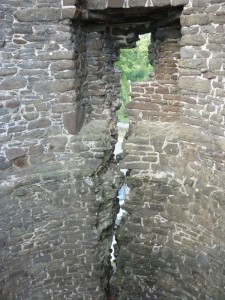 danger.
danger.
Now, however, the walls bulge with invaders from around the world. The maps they consult show those lovely shops and spots ‘only the locals’ know about. We are here in the shoulder season. Not so crowded and the locals are quite happy to tell you where they go.
All I know is it is blissfully quiet, the birds making the loudest chatter. Even the car traffic, the buses, are quieter and less intrusive. It is possible to talk comfortably, my throat doesn’t feel strained and my ears don’t ring.
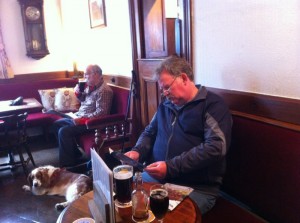 The local pub has a variety of hand pull taps waiting for you after a day of castle storming. If you’re not sure which to choose the barman pulls small tasters depending on what he thinks you might like. There is no tv screen, no music. Just the sound of people talking quietly. A snug, a family room and the taproom. Dogs get a pat from the barman then curl up at their human companion’s feet. Children hang out in the family room.
The local pub has a variety of hand pull taps waiting for you after a day of castle storming. If you’re not sure which to choose the barman pulls small tasters depending on what he thinks you might like. There is no tv screen, no music. Just the sound of people talking quietly. A snug, a family room and the taproom. Dogs get a pat from the barman then curl up at their human companion’s feet. Children hang out in the family room.
Civilization is not brought to its knees by little persons and animals witnessing the public sale of alcohol. Amazing.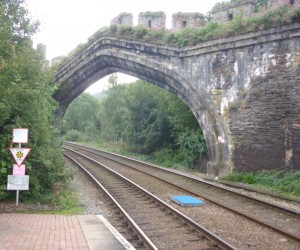
One of the regulars stops at the door on his way out, waves at me, asks if we’ll be here tomorrow. Two days in a row I’ve greeted him and his gorgeous springer spaniel. No, but we’ll be back soon: a promise and a prayer.
A king ordered this place built and it has stood for centuries as a symbol of conquest. But the people who built it and the people it was meant to break are still here too.
Together.
Breathing life into the cold stone.